Your One form of posttranslational modification of a protein includes images are ready in this website. One form of posttranslational modification of a protein includes are a topic that is being searched for and liked by netizens now. You can Find and Download the One form of posttranslational modification of a protein includes files here. Download all free vectors.
If you’re looking for one form of posttranslational modification of a protein includes images information connected with to the one form of posttranslational modification of a protein includes keyword, you have visit the ideal site. Our site frequently gives you hints for seeking the highest quality video and image content, please kindly hunt and locate more informative video articles and graphics that match your interests.
One Form Of Posttranslational Modification Of A Protein Includes. One form of post-translational modification of a protein includes A. These modifications affect a wide range of protein characteristics such as the size and charge of proteins their activation state enzymatic activity cellular localization interacting partners and life cycle. Post-translational modifications change the chemical nature of the polypeptide chain through alterations to amino acid residues. Acetylation is another example of post-translational modification and it is an important process that occurs in cell biology.
 Types Of Protein Post Translational Modification From news-medical.net
Types Of Protein Post Translational Modification From news-medical.net
The process involves the addition of an acetyl group CH3CO in the place of a hydrogen atom of a hydroxyl group with this process being catalysed by enzymes. For the proper functioning of insuline its post translational modifications occurs that have involve the removal of the part of protein to convert it into a three dimensional and fully active form. Reversible post-translational modification of proteins in which an amino acid residue is phosphorylated by a protein kinase by the addition of a covalently bound phosphate group. These modifications include phosphorylation glycosylation ubiquitination nitrosylation methylation. OR The chemical modifications that take place at certain amino acid residues after the protein is synthesized by translation are known as post-translational modifications. View Notes - Exam III from BIO 305 at University of Michigan.
Phosphorylation alters the structural conformation of a protein causing it to become activated deactivated or modifying its function.
Post-translational modifications are the chemical modifications of proteins subsequent to their biosynthesis. These modifications include phosphorylation glycosylation ubiquitination nitrosylation methylation. Post-translational modifications of bacterial proteins have a role in various cellular processes such as protein synthesis and turnover metabolism the cell cycle morphogenesis and virulence. One of the most simple post-translational modification actions a protein can undergo is adopting a stable three-dimensional shape known as the native. Post-translational modifications change the chemical nature of the polypeptide chain through alterations to amino acid residues. One form of posttranslational modification of a protein includes _____.
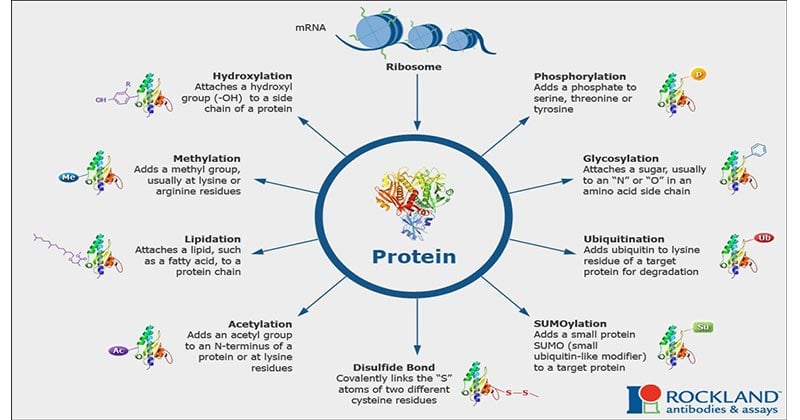 Source: microbenotes.com
Source: microbenotes.com
OR The chemical modifications that take place at certain amino acid residues after the protein is synthesized by translation are known as post-translational modifications. For the proper functioning of insuline its post translational modifications occurs that have involve the removal of the part of protein to convert it into a three dimensional and fully active form. These changes are known as post-translational modification processes and include three-dimensional shaping formation of disulfide bridges phosphorylation or the addition of other molecules. Protein post-translational modifications PTMs increase the functional diversity of the proteome by the covalent addition of functional groups or proteins proteolytic cleavage of regulatory subunits or degradation of entire proteins. Removal of terminal amino acids d.
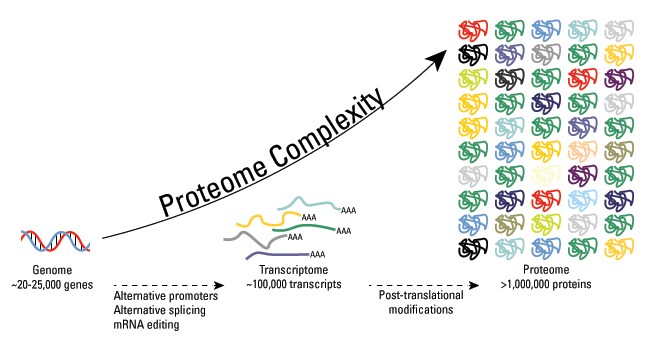 Source: thermofisher.com
Source: thermofisher.com
One form of posttranslational modification of a protein includes a. Post-translational modifications are the chemical modifications of proteins subsequent to their biosynthesis. There are two forms of protein acetylation. The process involves the addition of an acetyl group CH3CO in the place of a hydrogen atom of a hydroxyl group with this process being catalysed by enzymes. 5 The secondary structure of a protein includes A Hydrophobic and hydrophilic clusters B Disulfide bridges C Alpha helix and Beta-pleated sheet D Alpha helix and gamma-pleated sheet E Delta helix and beta-pleated sheet.
 Source: news-medical.net
Source: news-medical.net
Uversky in Brenners Encyclopedia of Genetics Second Edition 2013 Chemical Extension of the Genetic Code. Shuffling of exons c. Post-translational modifications PTMs occur during or after protein biosynthesis under the action of various specific enzymes or reactive oxygen and nitrogen species. These changes are known as post-translational modification processes and include three-dimensional shaping formation of disulfide bridges phosphorylation or the addition of other molecules. Protein post-translational modifications PTMs are the chemical modifications that occur on specific amino acids of a protein after it is being translated including covalent attachment of phosphate alkyl groups carbohydrates polypeptides and others.
 Source: cell.com
Source: cell.com
Posttranslational modification PTM of proteins being one of the later stages in protein biosynthesis refers to the reversible or irreversible chemical changes proteins may undergo after translation. Post-translational modifications change the chemical nature of the polypeptide chain through alterations to amino acid residues. A removal of introns B shuffling of exons C removal or modification of terminal. One of the most simple post-translational modification actions a protein can undergo is adopting a stable three-dimensional shape known as the native. Post-translational modifications are the chemical modifications of proteins subsequent to their biosynthesis.
 Source: febs.onlinelibrary.wiley.com
Source: febs.onlinelibrary.wiley.com
Insuline is synthesized in the cells and it is in inactive form that it is cant perform its function. There are two forms of protein acetylation. Reversible post-translational modification of proteins in which an amino acid residue is phosphorylated by a protein kinase by the addition of a covalently bound phosphate group. The modification of certain amino acid residues may result in changes of the protein conformation andor its capacity to interact with other proteins or ligands to be active or inactive in the case of an enzyme to allow or interfere with gene expression and many other biological. Uversky in Brenners Encyclopedia of Genetics Second Edition 2013 Chemical Extension of the Genetic Code.
 Source: sciencedirect.com
Source: sciencedirect.com
Phosphorylation alters the structural conformation of a protein causing it to become activated deactivated or modifying its function. Post translational modification PTM is the chemical modification of a protein after its translation. Removal of terminal amino acids d. View Notes - Exam III from BIO 305 at University of Michigan. The process involves the addition of an acetyl group CH3CO in the place of a hydrogen atom of a hydroxyl group with this process being catalysed by enzymes.
 Source: slideplayer.com
Source: slideplayer.com
The modification of certain amino acid residues may result in changes of the protein conformation andor its capacity to interact with other proteins or ligands to be active or inactive in the case of an enzyme to allow or interfere with gene expression and many other biological. Posttranslational modification PTM of proteins being one of the later stages in protein biosynthesis refers to the reversible or irreversible chemical changes proteins may undergo after translation. Post translational modification PTM is the chemical modification of a protein after its translation. N-terminal acetylation and lysine acetylation. A removal of introns B shuffling of exons C removal or modification of terminal.
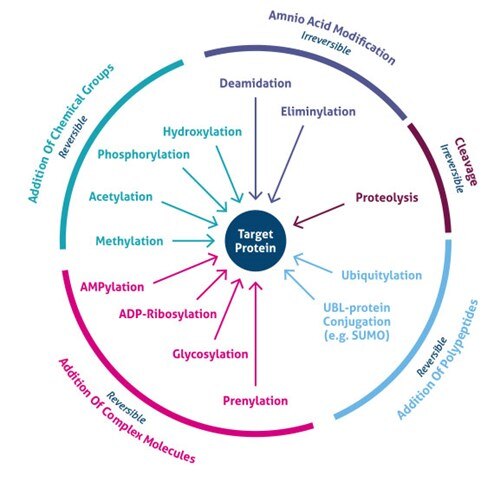 Source: ptglab.com
Source: ptglab.com
Protein post-translational modifications PTMs increase the functional diversity of the proteome by the covalent addition of functional groups or proteins proteolytic cleavage of regulatory subunits or degradation of entire proteins. Post-translational modifications of bacterial proteins have a role in various cellular processes such as protein synthesis and turnover metabolism the cell cycle morphogenesis and virulence. Post-translational modifications take place in the ER and include folding glycosylation multimeric protein assembly and proteolytic cleavage leading to protein. Post-translational modifications change the chemical nature of the polypeptide chain through alterations to amino acid residues. Shuffling of exons c.
 Source: cell.com
Source: cell.com
Post-translational modifications change the chemical nature of the polypeptide chain through alterations to amino acid residues. 5 The secondary structure of a protein includes A Hydrophobic and hydrophilic clusters B Disulfide bridges C Alpha helix and Beta-pleated sheet D Alpha helix and gamma-pleated sheet E Delta helix and beta-pleated sheet. Post-translational modifications change the chemical nature of the polypeptide chain through alterations to amino acid residues. A removal of introns B shuffling of exons C removal or modification of terminal. Post-translational modifications take place in the ER and include folding glycosylation multimeric protein assembly and proteolytic cleavage leading to protein.
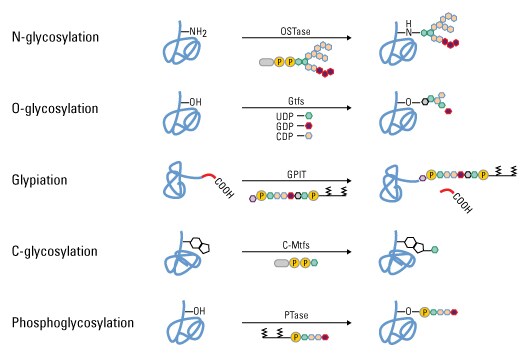 Source: thermofisher.com
Source: thermofisher.com
For the proper functioning of insuline its post translational modifications occurs that have involve the removal of the part of protein to convert it into a three dimensional and fully active form. The process involves the addition of an acetyl group CH3CO in the place of a hydrogen atom of a hydroxyl group with this process being catalysed by enzymes. One form of posttranslational modification of a protein includes a. 5 The secondary structure of a protein includes A Hydrophobic and hydrophilic clusters B Disulfide bridges C Alpha helix and Beta-pleated sheet D Alpha helix and gamma-pleated sheet E Delta helix and beta-pleated sheet. Post-translational modifications change the chemical nature of the polypeptide chain through alterations to amino acid residues.
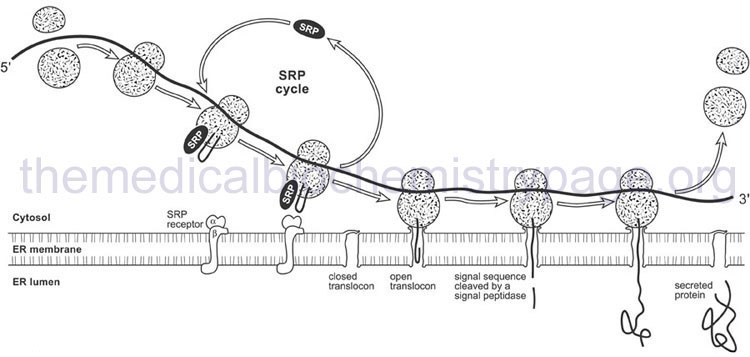 Source: themedicalbiochemistrypage.org
Source: themedicalbiochemistrypage.org
These modifications affect a wide range of protein characteristics such as the size and charge of proteins their activation state enzymatic activity cellular localization interacting partners and life cycle. One form of posttranslational modification of a protein includes a. Post-translational modifications PTMs occur during or after protein biosynthesis under the action of various specific enzymes or reactive oxygen and nitrogen species. The process involves the addition of an acetyl group CH3CO in the place of a hydrogen atom of a hydroxyl group with this process being catalysed by enzymes. These modifications affect a wide range of protein characteristics such as the size and charge of proteins their activation state enzymatic activity cellular localization interacting partners and life cycle.
 Source: rockland-inc.com
Source: rockland-inc.com
Post-translational modifications take place in the ER and include folding glycosylation multimeric protein assembly and proteolytic cleavage leading to protein. The modification of certain amino acid residues may result in changes of the protein conformation andor its capacity to interact with other proteins or ligands to be active or inactive in the case of an enzyme to allow or interfere with gene expression and many other biological. Insuline is synthesized in the cells and it is in inactive form that it is cant perform its function. The process involves the addition of an acetyl group CH3CO in the place of a hydrogen atom of a hydroxyl group with this process being catalysed by enzymes. Post-translational modifications PTMs occur during or after protein biosynthesis under the action of various specific enzymes or reactive oxygen and nitrogen species.
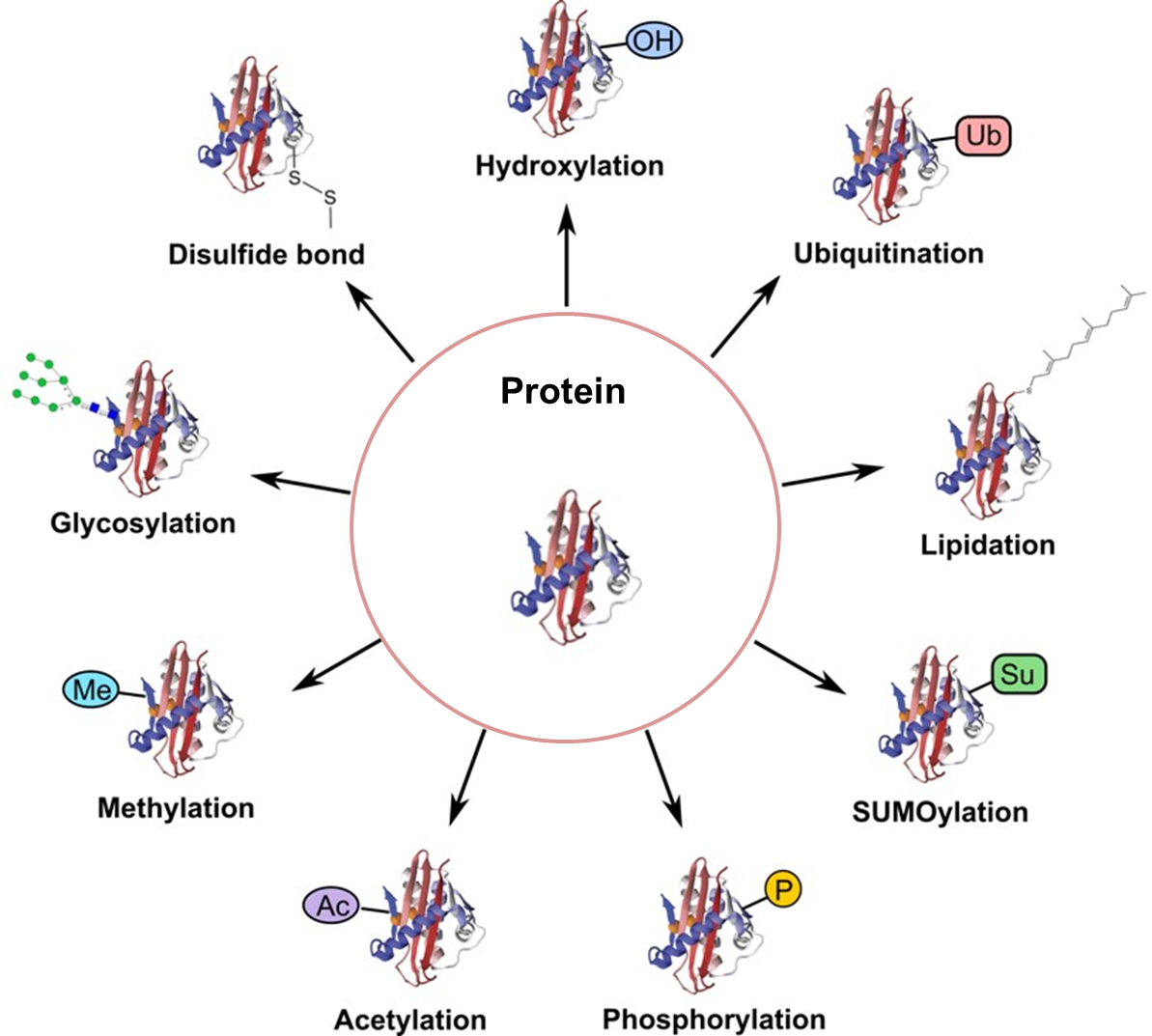 Source: creative-proteomics.com
Source: creative-proteomics.com
The process involves the addition of an acetyl group CH3CO in the place of a hydrogen atom of a hydroxyl group with this process being catalysed by enzymes. Posttranslational modification PTM of proteins being one of the later stages in protein biosynthesis refers to the reversible or irreversible chemical changes proteins may undergo after translation. Reversible post-translational modification of proteins in which an amino acid residue is phosphorylated by a protein kinase by the addition of a covalently bound phosphate group. Post-translational modifications are the chemical modifications of proteins subsequent to their biosynthesis. Removal of terminal amino acids d.
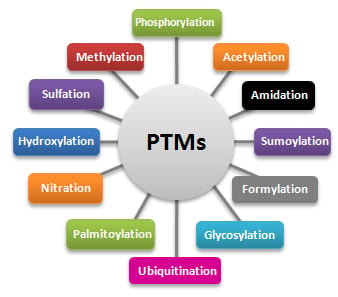 Source: genscript.com
Source: genscript.com
A removal of introns B shuffling of exons C removal or modification of terminal. Removal of terminal amino acids d. Post translational modification PTM is the chemical modification of a protein after its translation. Reversible post-translational modification of proteins in which an amino acid residue is phosphorylated by a protein kinase by the addition of a covalently bound phosphate group. Post-translational modifications take place in the ER and include folding glycosylation multimeric protein assembly and proteolytic cleavage leading to protein.
 Source: cell.com
Source: cell.com
The modification of certain amino acid residues may result in changes of the protein conformation andor its capacity to interact with other proteins or ligands to be active or inactive in the case of an enzyme to allow or interfere with gene expression and many other biological. View Notes - Exam III from BIO 305 at University of Michigan. Protein post-translational modifications PTMs are the chemical modifications that occur on specific amino acids of a protein after it is being translated including covalent attachment of phosphate alkyl groups carbohydrates polypeptides and others. These modifications affect a wide range of protein characteristics such as the size and charge of proteins their activation state enzymatic activity cellular localization interacting partners and life cycle. One form of posttranslational modification of a protein includes a.
 Source: sciencedirect.com
Source: sciencedirect.com
A removal of introns B shuffling of exons C removal or modification of terminal. These modifications affect a wide range of protein characteristics such as the size and charge of proteins their activation state enzymatic activity cellular localization interacting partners and life cycle. Protein post-translational modifications PTMs increase the functional diversity of the proteome by the covalent addition of functional groups or proteins proteolytic cleavage of regulatory subunits or degradation of entire proteins. Protein post-translational modifications PTMs are the chemical modifications that occur on specific amino acids of a protein after it is being translated including covalent attachment of phosphate alkyl groups carbohydrates polypeptides and others. Acetylation is another example of post-translational modification and it is an important process that occurs in cell biology.
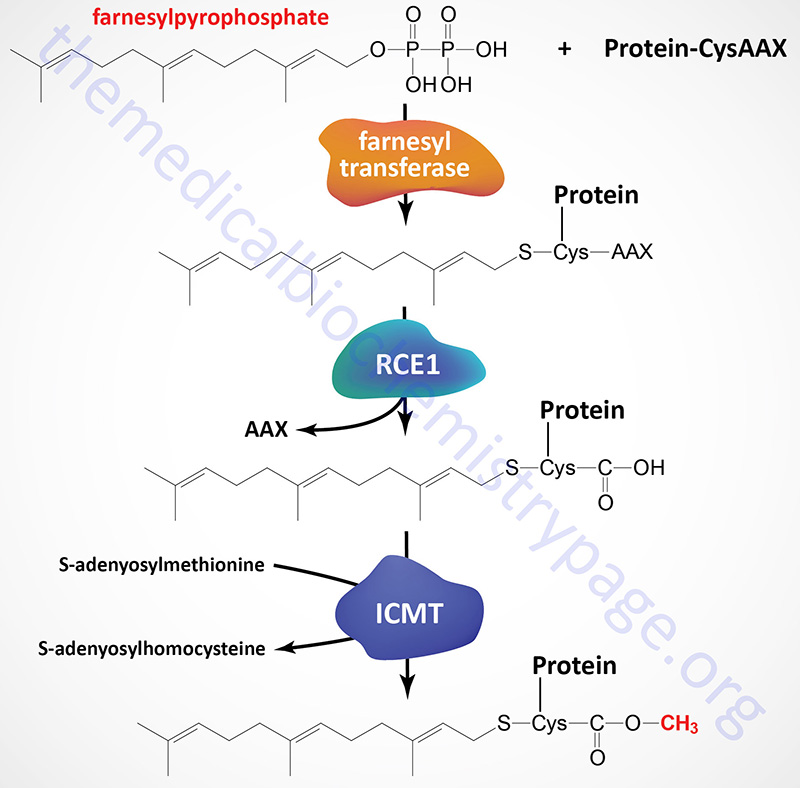 Source: themedicalbiochemistrypage.org
Source: themedicalbiochemistrypage.org
These changes are known as post-translational modification processes and include three-dimensional shaping formation of disulfide bridges phosphorylation or the addition of other molecules. There are two forms of protein acetylation. Post translational modification PTM is the chemical modification of a protein after its translation. View Notes - Exam III from BIO 305 at University of Michigan. Shuffling of exons c.
 Source: weekly.biotechprimer.com
Source: weekly.biotechprimer.com
Insuline is synthesized in the cells and it is in inactive form that it is cant perform its function. Post-translational modifications take place in the ER and include folding glycosylation multimeric protein assembly and proteolytic cleavage leading to protein. Removal of terminal amino acids d. For the proper functioning of insuline its post translational modifications occurs that have involve the removal of the part of protein to convert it into a three dimensional and fully active form. Uversky in Brenners Encyclopedia of Genetics Second Edition 2013 Chemical Extension of the Genetic Code.
This site is an open community for users to submit their favorite wallpapers on the internet, all images or pictures in this website are for personal wallpaper use only, it is stricly prohibited to use this wallpaper for commercial purposes, if you are the author and find this image is shared without your permission, please kindly raise a DMCA report to Us.
If you find this site beneficial, please support us by sharing this posts to your favorite social media accounts like Facebook, Instagram and so on or you can also save this blog page with the title one form of posttranslational modification of a protein includes by using Ctrl + D for devices a laptop with a Windows operating system or Command + D for laptops with an Apple operating system. If you use a smartphone, you can also use the drawer menu of the browser you are using. Whether it’s a Windows, Mac, iOS or Android operating system, you will still be able to bookmark this website.





